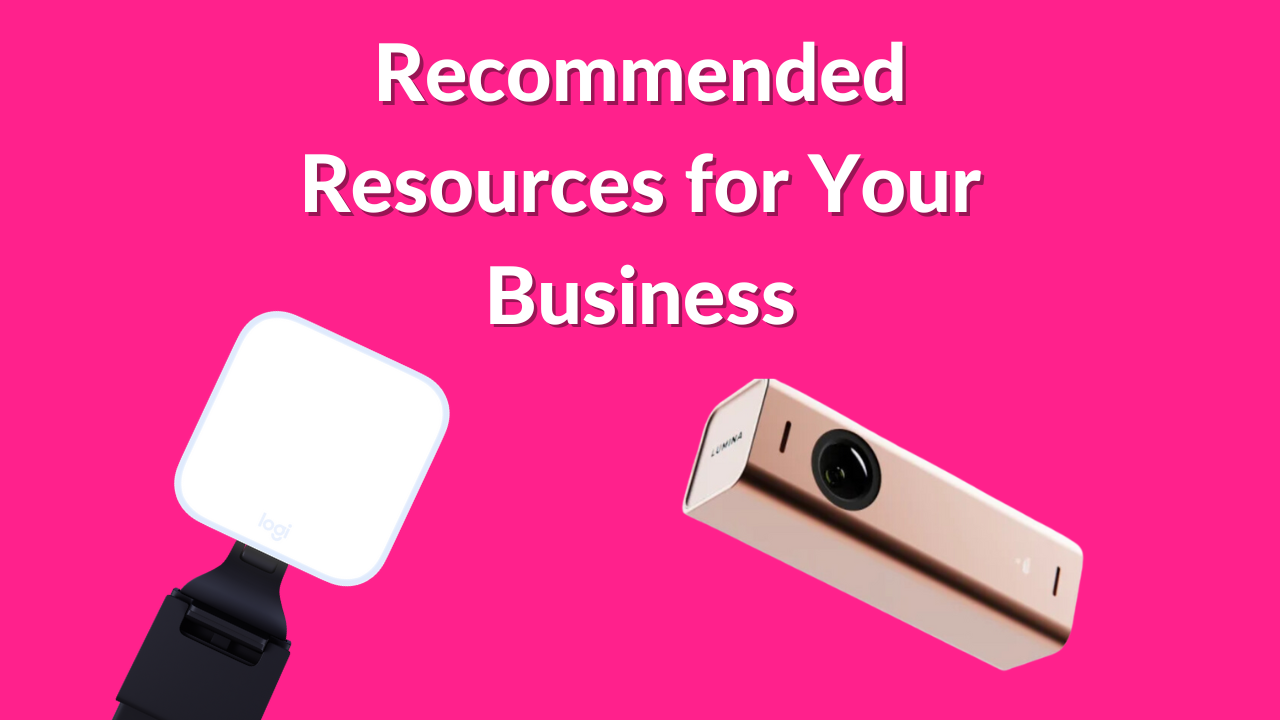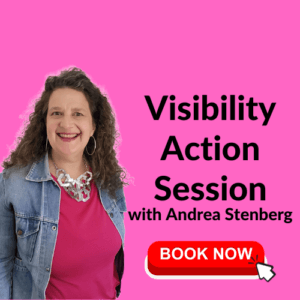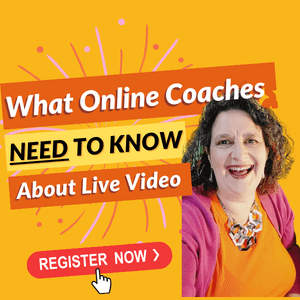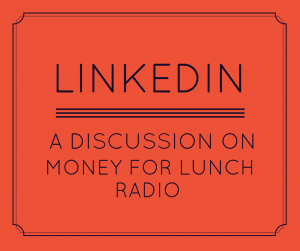Update Notice: This is still a useful post, however you might also want to read a more recent one LinkedIn Connections – should you connect with people you don’t know?
LinkedIn is one of my favourite social networking sites. It is full of business professionals who use the site for business purposes. No one is going to send me a zombie invitation and I don’t have to worry about stumbling upon semi-pornographic photos when I check out someone’s profile.
Building your network on LinkedIn is an essential part of using the site. However, there are several written and unwritten rules that govern sending invitations to connect on LinkedIn. If you don’t know these rules beforehand you can get yourself into trouble.
Your LinkedIn Invitations Are A Limited Resource
The first thing you need to know is there is a limit on the number of invitations you can send. Each person gets 3000 invitations for their lifetime on LinkedIn. Once you use them up, that’s it. Forever.
Now, if you’re sitting with only a few dozen or even a few hundred connections, this might not seem like a problem. However, if you plan to use LinkedIn for the long term, you might want to be careful about how many you use up.
One of the ways I protect this resource is to stop sending invitations to join LinkedIn to people who are not on the site already. I don’t want to use up this limited resource on people who are not interested. If I want to invite someone who is off line, I send them a regular email with the link to my LinkedIn profile, and an explanation about how to join.
Who Can You Invite to Connect?
When you invite someone to connect on LinkedIn you are asked you how you know this person. This is part of LinkedIn’s emphasis on trust. They want you to trust the site and trust your network. They don’t want you receiving tons of mail and invitations you don’t want.
As a result, you can only invite people to connect if you both have the same organization as part of your profiles – an employer, business, group or association or educational institution.
If you don’t have some commonality in your profiles you’ll be asked to provide this person’s email address as proof that you actually know each other. If you choose “I don’t know this person,” you won’t be allowed to send an invitation.
This is why having a complete profile is important. The more previous employers you include in your profile, the more you’ll be able to add people from your past, even if you don’t have their current contact information.
Inviting the Wrong People Can Get Your LinkedIn Account Frozen
When you receive an invitation to connect you are given three choices: accept, archive or “I don’t know this person.” If too many people click “I don’t know” in response to your invitations, LinkedIn will freeze your account. Then you’ll need to wait until a live person can look at what you’re doing. You’ll get a warning to cease & desist. If your account gets frozen too many times you may actually get kicked off the site.
Clearly if you’re using LinkedIn extensively for networking and promoting your business, you need to play by the rules so you don’t lose this valuable resource.
How to Know if It’s Safe to Invite Someone
On LinkedIn, most people are either open networkers or selective connectors. If someone is an open networker, feel free to send them an invitation to connect, even if you don’t know each other.
To find out if someone is an open networker, check out their profile. They’ll probably belong to an open networking group such as LIONs or TopLinked. They may also include their email address and an open invitation to connect after their name or somewhere in their profile. If they are an open networker you don’t have to worry about them clicking “I don’t know” on your invitation.
If the person you’re trying to connect with is not an open networker, you need to develop a relationship before sending the invitation. You can do this by answering one of their questions, joining a LinkedIn group they belong to and joining their discussion, sending them a LinkedIn “In-mail” or connecting with them outside of LinkedIn.
You can also ask someone in your network for an introduction, if they are connected to the person you wish to meet. Just be aware that not everyone passes along introductions so you might have to try more than once.
Building your LinkedIn network of connections is an essential part of using the site for promoting your business. But if you do it carefully, you’ll find some valuable connections you wouldn’t find anywhere else.
Andrea J. Stenberg
Have you “met” someone on LinkedIn who has become an important customer, suppliers or resource? Leave a comment and tell us how you met and how your new relationship has benefitted your business.






